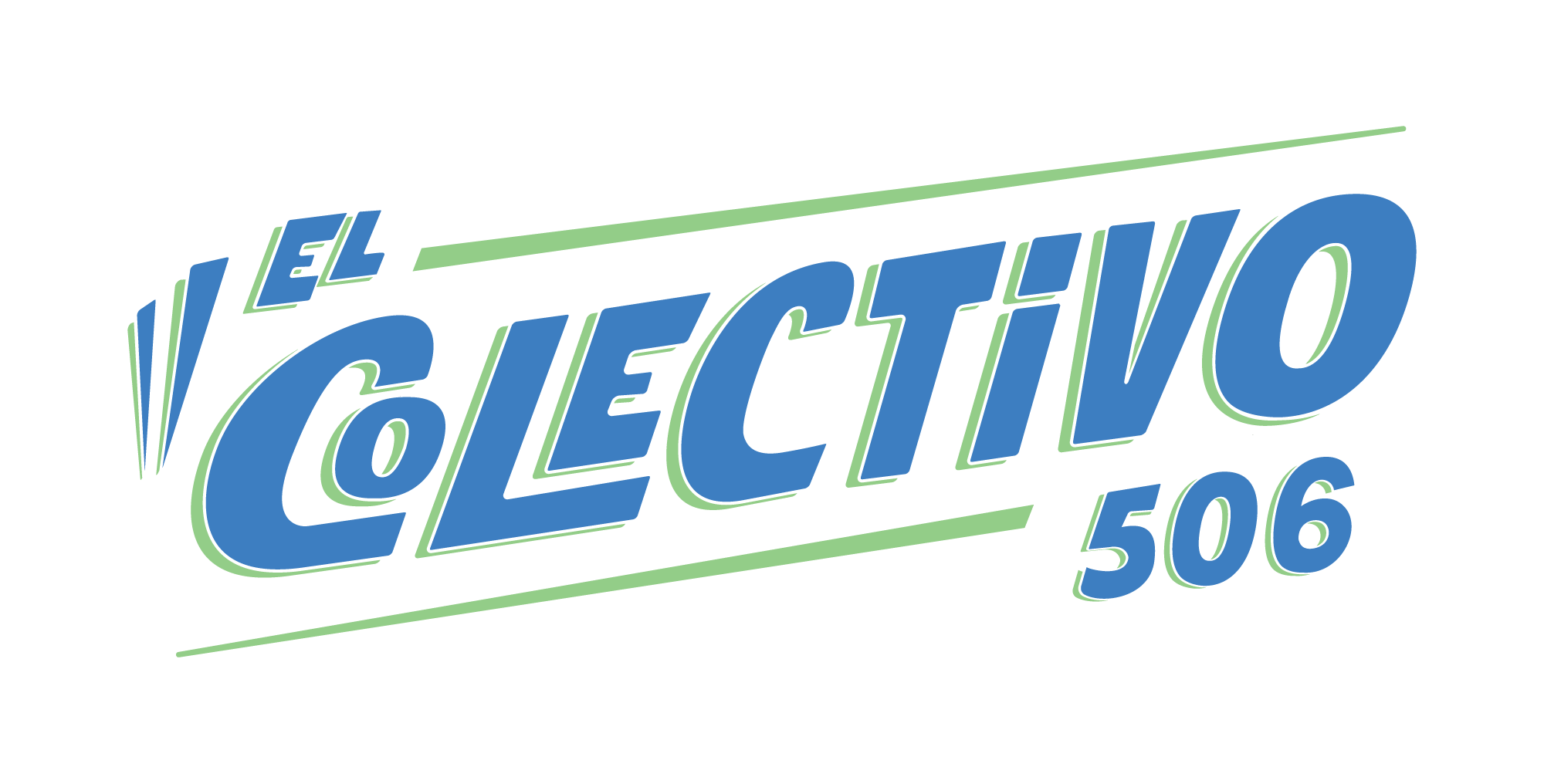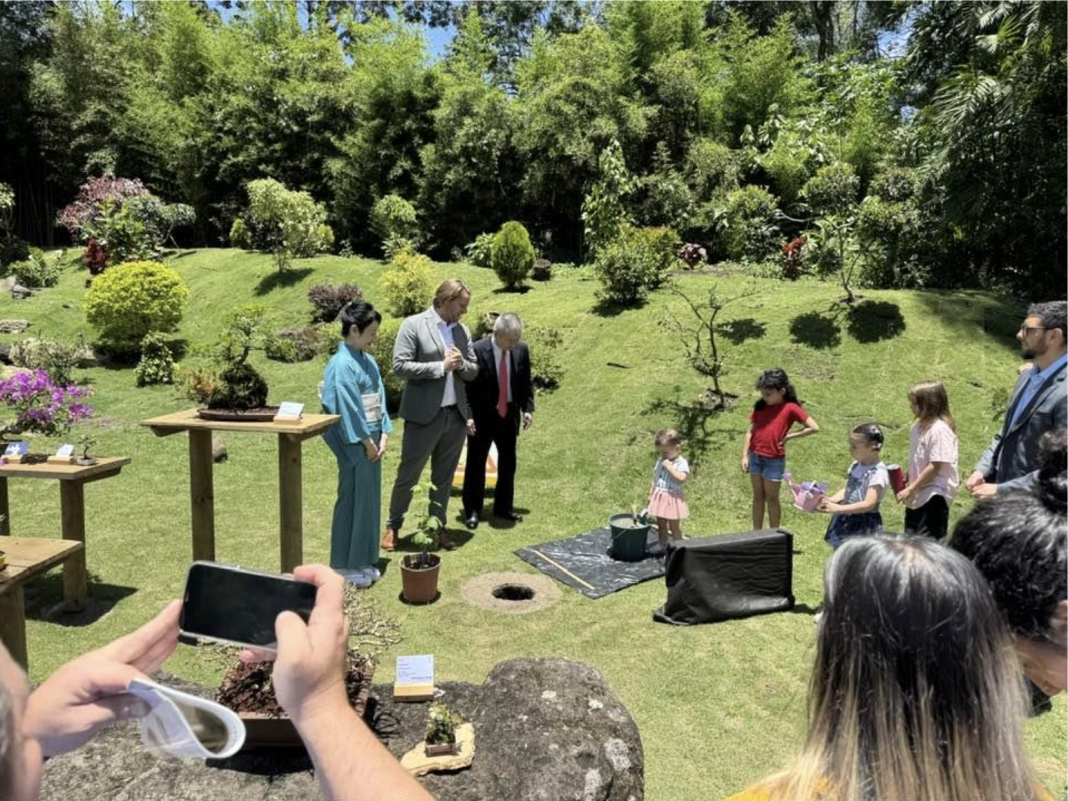The tree species Ginkgo biloba has survived for nearly 290 million years. Like a time traveler, it once shared its habitat with the dinosaurs during the Jurassic period, and its seeds were likely dispersed by ancient scavengers adapted to feed on carrion. Over geological ages, Ginkgo endured multiple events of climate change. Once cosmopolitan, its distribution gradually shrank until it survived only in a few regions of eastern and southern China.
Rescued from extinction by botanical gardens in the nineteenth century, Ginkgo now flourishes again. Today, it is planted across temperate cities worldwide, admired for its beautiful foliage (its common name is maidenhair tree) and remarkable resistance to pollution. Humanity’s relationship with Ginkgo is ancient: for millennia, it has been revered in Asian traditions for its healing properties. Extracts from its leaves continue to be used to treat degenerative conditions of the nervous system.
Ginkgo survived the atomic bombings of Hiroshima and Nagasaki. In Japan, these trees are known as Hibakujumoku, living witnesses to humanity’s deepest wound and symbols of extraordinary resilience. Their survival shows that, even after the darkest hours, life can regenerate and endure. Nature holds an astonishing power to heal itself, and perhaps that is the message that Ginkgo biloba has carried across millions of years.
In 2011, the Green Legacy Hiroshima Foundation began distributing seeds from these atomic-bomb-surviving trees around the world as symbols of peace and hope. In 2021, through an outreach project from the University of Costa Rica, Costa Rica joined the Foundation and received seeds from the A-bomb trees. The seeds were carefully germinated and nurtured at the Lankester Botanical Garden in Cartago, east of San José, until some reached sufficient size to be planted. Finally, in 2025, three ceremonies took place to plant the “Trees of Peace from Hiroshima.” Each ceremony brought together people of all ages, diplomats, university authorities, students, and children, reminding us that peace must always be cultivated collectively and passed from one generation to the next.
The first tree was planted at the University of Costa Rica’s Rodrigo Facio campus on August 11, with the participation of the Japanese Embassy, university authorities, and representatives from Costa Rica’s Ministry of Foreign Affairs. It was a deeply moving ceremony in which university students played a central role, planting the first Hibaku-jumoku at the most prominent public university in Central America, symbolizing the power of education and the unifying strength of knowledge across technical and humanistic fields.

The second ceremony took place at the Japanese Garden of the Lankester Botanical Garden, also part of the University of Costa Rica, on August 30 Children gently placed the young sapling into the soil, a touching reminder that peace grows best in the hands of the young.

The third ceremony was held at the University for Peace on September 16, once again with the presence of the Japanese Embassy, reaffirming the shared mission of education and peacebuilding between world´s nations. There, too, students planted a young Ginkgo tree, linking learning with hope in action.

These ceremonies were far more than symbolic gestures. They strengthened a living bridge between Costa Rica and Japan, a bridge made not of stone or steel, but of roots and leaves. Our cultures are united by a deep reverence for nature’s beauty and resilience, and by the profound symbolism of having a living organism serving as an emissary of peace and hope. From the University for Peace, this message extends to the world, nurturing future leaders who are being trained to promote peace through education, empathy, conflict resolution, and global understanding.
The Green Legacy Hiroshima Foundation has now recognized both the University of Costa Rica and the Lankester Botanical Garden as a Regional Hub for Latin America, encouraging us to extend this legacy to other countries in the region, beginning with Mexico.
The Lankester Garden currently cares for about 40 young Ginkgo plants and 90 seeds, ready to continue this journey. Through collaboration with foreign ministries and embassies, we hope to share them with other educational institutions that, like ours, believe in the healing power of nature and in humanity’s moral responsibility to cultivate peace. Every seed sent and every tree planted represents an act of faith in the future, a promise that the lessons of Hiroshima will never be forgotten, that human knowledge must serve the benefit of all humankind, and that it should remain open and generous, inspiring generations to safeguard life on Earth.

In a world often fractured and burdened by greed, senseless wars, a disregard for the environment, and the irrational pursuit of weapons of mass destruction, the Trees of Peace remind us of something profoundly simple and true: life endures. Their roots reach deep into history, their branches stretch toward the future, and their leaves whisper a timeless message: that hope lives not merely in words, but in the shared actions that honor life, affirm our common humanity, and nurture the creation of truly peaceful societies grounded in social justice.






